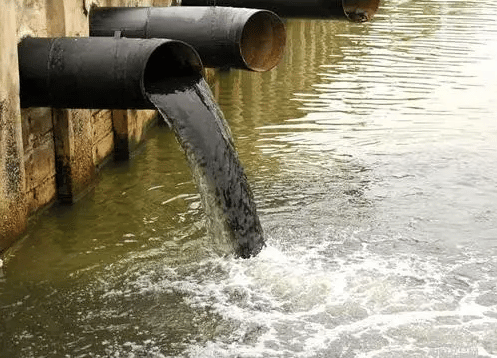Wastewater and sewage are two different terms that are often used interchangeably. There are many similarities between the two terms, but there are also enough differences to distinguish them. In fact, sewage is considered a subset of wastewater.
Next, let’s understand the difference between wastewater and sewage.
What is wastewater?
Wastewater is primarily water by weight, with only a few other elements mixed in. Although these elements may be small, they can pose a threat to public health.
These can include solid particles, pathogens, nutrients, inorganic substances, etc., which make water dangerous to drink or touch.
It can also be excess water that is disposed of through pipes or drains, usually when the water is used in a “normal” way, such as in the kitchen sink.

What is sewage?
Sewage contains all the components of wastewater. It is actually a subset of wastewater. The only difference is that wastewater can come from anywhere, while sewage can only come from toilets.
While this sounds definitive, the lines are still somewhat blurred since you can put a lot of stuff on the toilet. So, to be more precise, domestic sewage is wastewater mixed with human excrement, whether it’s household waste or other garbage. There are three types of sewage: black water, which is wastewater that comes from toilets Gray water, i.e. wastewater from all household sources except toilets. Yellow water, which is water that contains pure urine. It does not contain feces, toilet paper, food particles, or other contaminants found in black or gray water.
Wastewater from non-residential sources usually requires additional water treatment steps compared to sewage. For example, stormwater should be collected separately to prevent the treatment plant from being flooded during severe weather. Strainers typically remove trash and other large solids from storm drains. In addition, many industries generate wastewater with high levels of chemical and biological pollutants that can burden treatment systems. These types of wastewater sources often provide their own pretreatment or preliminary treatment to protect the primary wastewater treatment system.
The wastewater will then be conveyed to a wastewater treatment plant for formal treatment, which consists of several processes and steps such as screening, sand-water separation, sedimentation, flotation, flocculation, sludge dewatering, sludge drying, and finally disposal.
